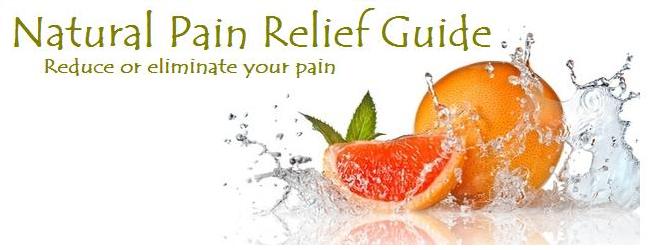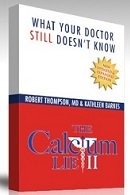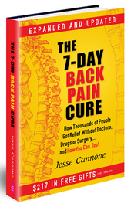|
Getting Rid of Varicose Veins
- Here's How to Do It
Getting rid of varicose veins will be a priority for you if you have them. If you suffer from unsightly and painful varicose veins, here is information to help you.
What are they?
Varicose veins, usually occurring in the legs, are veins that have become enlarged and are not functioning properly to return blood to the heart. This happens mostly because the one-way valves inside them are not working properly.
The return of blood from the lower extremities is meant to have some help from the muscles of the legs. It's a long ways from the tips of your toes back to your heart - and against gravity too. Contractions of the leg muscles squeeze the veins of the legs which contain one-way valves that allow movement in only one direction thus helping the circulation. Blood can flow through them towards the heart but then the little flaps close and prevent it from moving downward again.
If veins become varicose (swollen), the flaps do not close properly, allowing blood to slip backwards and build up pressure below the valves. The venous walls weaken and lose their elasticity. This occurs mostly in the veins on the surface which are not surrounded and supported by muscle. The result is those unsightly, twisted, bulging and often painful varicose veins. The word "varicose" comes from the Latin word "varix" meaning "twisted."
Varicose veins are a common condition in the United States with up to 15% of men and up to 25% of women being affected. Hemorrhoids are a form of varicose veins commonly caused by straining during bowel movements when constipated.
Symptoms
- aching legs, often worse at night just when you are trying to relax
- spider veins
- swollen ankles
- skin discoloration (brownish-blue, shiny)
- red, dry or itchy areas. Scratching can lead to ulcers
- cramps when standing or moving suddenly
- minor injuries take longer than normal to heal
- restless leg syndrome
- white irregular scar-like patches on the ankles
Complications
Most varicose veins are not a big problem, but severe cases can lead to the following complications which are mainly related to poor circulation:
- inability to walk or stand for very long
- skin conditions such as dermatitis; skin loss
- skin (venous) ulcers especially near the ankle
- carcinoma or sarcoma
- heavy bleeding from even minor injuries
- blood clotting (superficial thrombophlebitis) in affected veins
Causes
Since the development of varicose veins is so closely related to lack of circulation, it is no surprise that lifestyle factors that reduce circulation can lead to this problem. Knowing what these are is a first step to getting rid of varicose veins. Age may be a factor but age itself is no reason to get varicose veins. It's more a matter of a longer time for incorrect lifestyle habits to have their effect. Lack of exercise will be a contributing factor as it is exercise that helps to return circulation from the legs and largely prevents the problem in the first place. Obesity puts an unusual strain on the legs and can be a cause of varicose veins. Pregnancy is a time when they are more common because the venous walls are more relaxed to meet the necessity of a greater blood flow. Standing in the same place or
sitting for prolonged periods.
People who sit for long periods may develop blood clots from the lack of leg movement. These can cause obstructions which affect the normal function of the veins. - Sitting with legs crossed or with pressure against the back of the legs.
Other factors may include menopause, leg injury, heavy lifting, and abdominal straining.
Treatments
For getting rid of varicose veins there are a number of
natural varicose vein treatments
you can consider. They include mostly factors that are related to circulation.
Herbal Treatments
There are also a number of possible
varicose vein herbal treatments.
Do a few of these, adopt the correct lifestyle habits and you will soon be getting rid of varicose veins.
|
Keep up to date with
valuable insights into
pain management via
a healthy lifestyle.
Receive the monthly
Natural Pain Relief
Guide Newsletter.
News articles, health
tips, specials, freebies.
Enter your email and name
in the form to the right.
|
|
|








New! Comments
Have your say about what you just read! Leave me a comment in the box below.